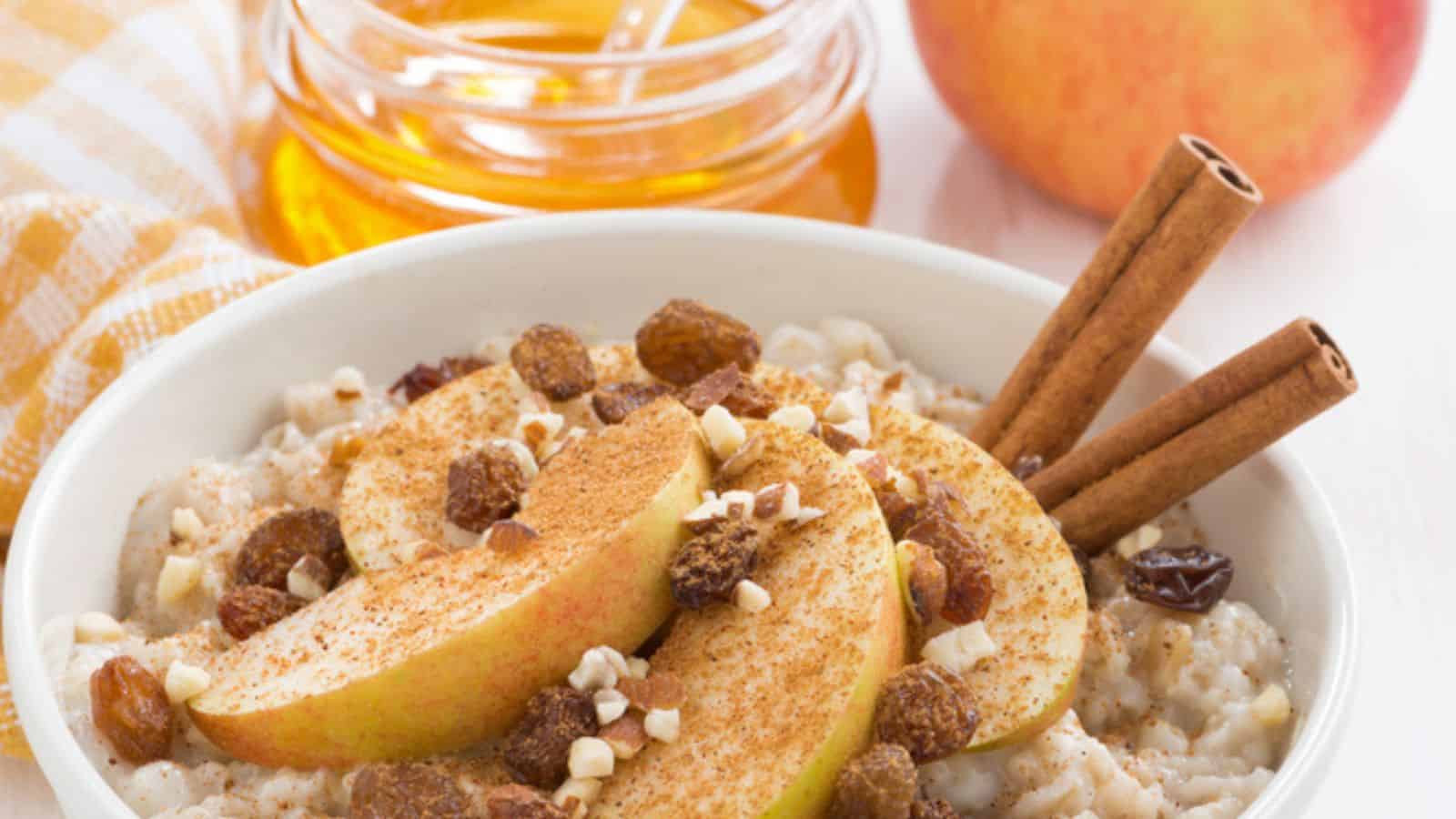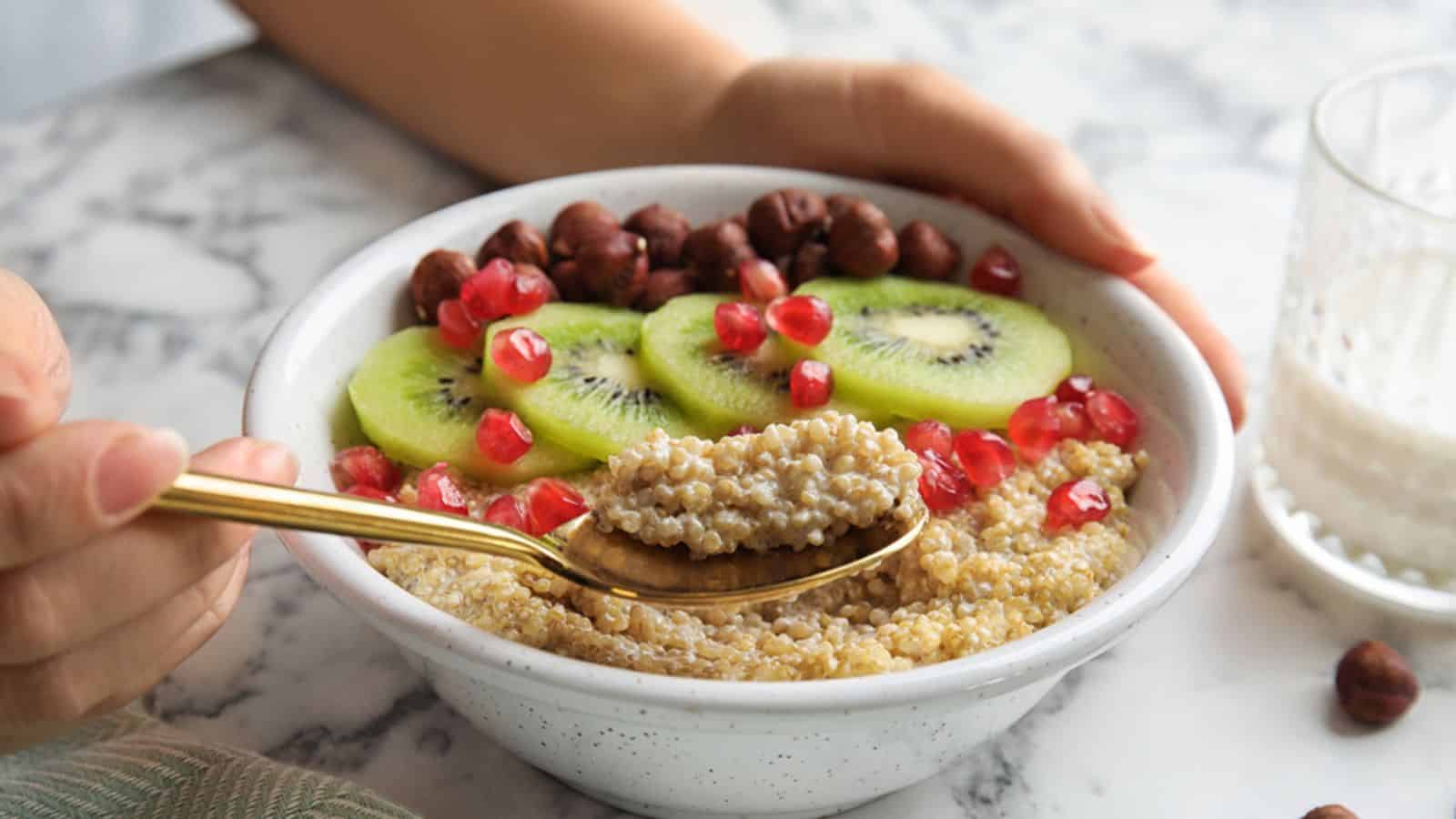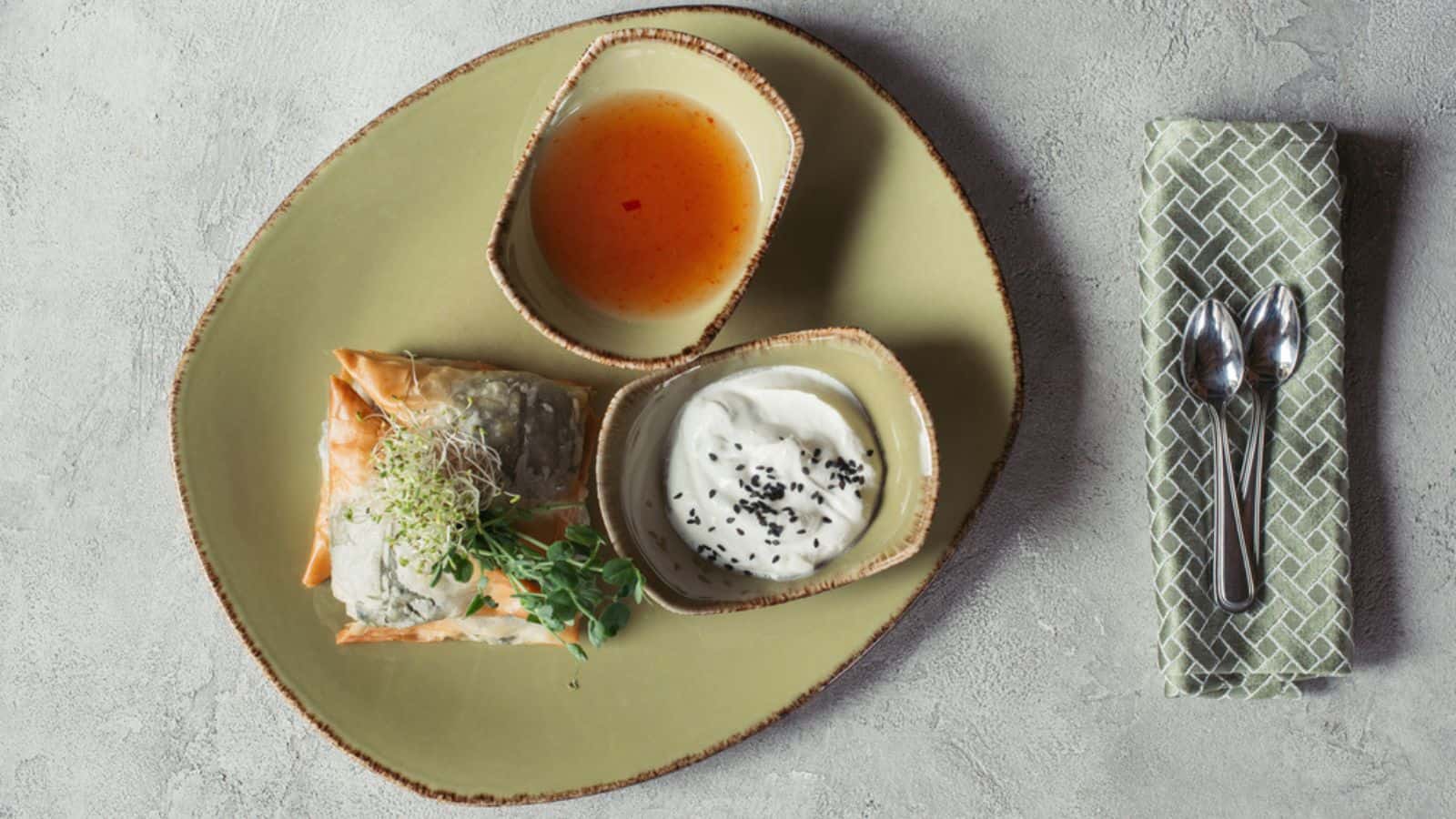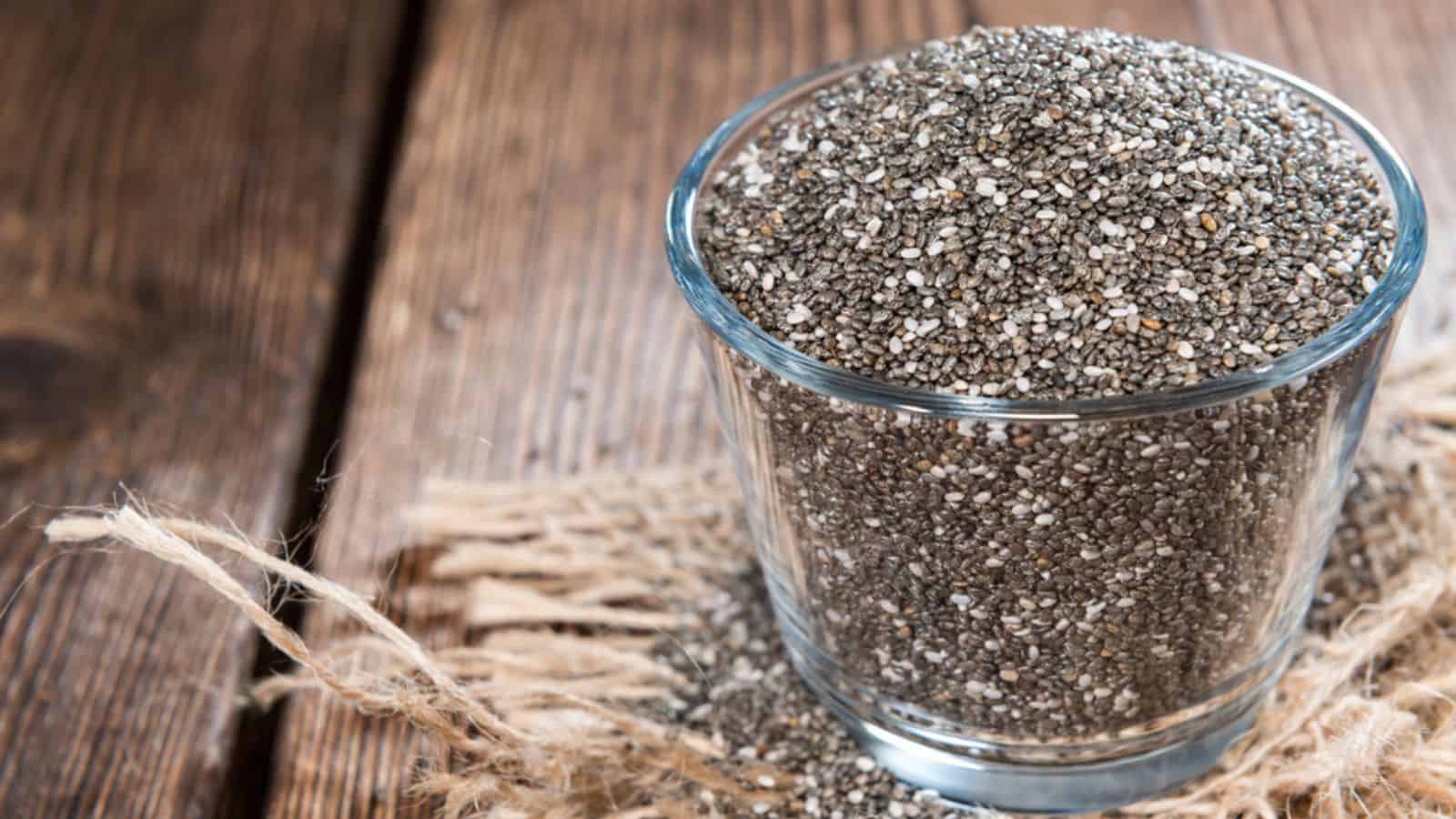16 Essential Ingredients That Healthy Homes Can’t Live Without

A healthy home is the foundation of a balanced and nourishing lifestyle, and it all starts in the kitchen. The ingredients we stock in our pantries, refrigerators, and cupboards are not just components of our next meal; they are the building blocks of our overall well-being. Having a well-stocked kitchen filled with healthy ingredients is essential to good health, as this ensures that we can always whip up a nutritious meal that supports our body’s needs.
Want to know which ingredients you can always find n healthy homes? Here are 16 items healthy folks always have on hand.
Fresh Fruits and Vegetables

You can always find a variety of fresh fruits and vegetables in a healthy home, which are essential for a balanced diet. These natural powerhouses provide vital nutrients, including vitamins, minerals, and antioxidants that support overall health. Eating a diet rich in fruits and vegetables can reduce the risk of chronic diseases, improve gut health, and enhance the immune system.
Whole Grains

Whole grains like brown rice and oats are staples in a healthy home due to their high fiber content and nutritional profile. Whole grains are linked to a lower risk of heart disease, diabetes, and certain cancers. They provide sustained energy and can help with weight management by keeping you feeling full longer. These versatile ingredients can be used in a variety of dishes, from breakfast porridge to hearty dinner bowls, and are a healthier alternative to refined grains.
Quinoa

Quinoa, often referred to as a “superfood,” is a nutrient-dense whole grain that has become a staple in many healthy kitchens.
Richard Smith-Bernal, the founder of Juice Smith says, “This ancient grain is a complete protein, meaning it contains all nine essential amino acids, making it an excellent choice for vegetarians and vegans. Quinoa is also rich in fiber, minerals, and antioxidants, making it a powerhouse of nutrition that can be incorporated into a variety of dishes, from salads and soups to pilafs and breakfast bowls.”
Legumes (Beans, Lentils, Chickpeas)

Legumes, including beans, lentils, and chickpeas, are a cornerstone of a nutritious pantry. They are an excellent source of plant-based protein, fiber, and complex carbohydrates, as well as a variety of vitamins and minerals. Legumes are inexpensive and versatile, making them a cost-effective way to add substance to meals. They can be used in soups, stews, salads, and even as meat substitutes in burgers or tacos, offering a hearty and satisfying component to any meal.
On lentils, Smith-Bernal of Juice Smith says, “As a lean, plant-based protein, lentils are a fantastic source of fiber, minerals, and complex carbohydrates. They can be used in various dishes, from hearty soups and stews to flavorful curries and salads, making them a versatile and budget-friendly ingredient for creating nutritious meals.”
Healthy Fats (Avocado, Nuts, Olive Oil)

Healthy fats are an indispensable component of a balanced diet, and foods like avocados, nuts, and olive oil are excellent sources. These fats are essential for absorbing vitamins, supporting cell growth, and protecting your organs. Avocados in particular, are a beloved ingredient in healthy homes, and for good reason. These creamy, nutrient-dense fruits are a rich source of monounsaturated fats, which are known to support heart health and promote feelings of satiety.
“Avocados are also packed with vitamins, minerals, and antioxidants, making them a versatile addition to everything from smoothies and toast to salads and dips,” Smith-Bernal says.
Herbs and Spices

Herbs and spices are the secret to flavorful cooking without the need for added salt, which can contribute to high blood pressure and other health issues. By using a variety of herbs and spices, you can enhance the taste of your meals while also benefiting from their antioxidant properties. Fresh or dried, these natural flavor enhancers can transform any dish, from meats and vegetables to soups and sauces.
Garlic and Onions

Garlic and onions form the foundation of flavor for countless recipes across various cuisines. These aromatic ingredients not only add depth and richness to dishes but also come with their own set of health benefits. Garlic, for instance, has been shown to have cardiovascular benefits and may help lower blood pressure, while onions provide a good source of vitamin C and have been linked to cancer prevention.
Whole Grain Pasta or Bread

Whole grain pasta and bread are excellent sources of complex carbohydrates, fiber, and various nutrients that are essential for energy and digestion. Unlike their refined counterparts, whole grain options have not had the bran and germ removed, which means they retain more of their nutritional value. Incorporating whole grain pasta or bread into meals can help with maintaining steady blood sugar levels, feeling full longer, and supporting a healthy digestive system.
Eggs

Eggs are a quintessential ingredient in any healthy kitchen due to their high-quality protein content and versatility. Each egg is packed with about 6 grams of protein, along with essential nutrients such as vitamin D, vitamin E, vitamin B6, calcium, and zinc. They are incredibly versatile, being used in everything from baking to making omelets and are a convenient option for a quick and nutritious meal. Furthermore, eggs contain choline, which is vital for brain health, making them a powerhouse ingredient for all ages.
Greek Yogurt

Greek yogurt stands out in the dairy aisle for its rich texture, high protein content, and probiotic benefits. It’s a fantastic source of calcium, essential for bone health, and the probiotics present in Greek yogurt help maintain a healthy gut microbiome. Greek yogurt is also versatile, serving as a breakfast option, a creamy base for dressings, or a substitute for higher-fat ingredients in recipes. Regular consumption of Greek yogurt is associated with numerous health benefits, including bone, heart, gut, and muscle health.
Frozen Fruits and Vegetables

Frozen fruits and vegetables are a staple in a healthy home for their convenience and nutritional value. They are picked and frozen at peak ripeness, which preserves their vitamins and minerals. Frozen produce can be just as nutritious as fresh, sometimes even more so if fresh produce has been transported over long distances. They are perfect for smoothies, stir-fries, or as a quick side dish, ensuring that you always have a healthy option on hand, regardless of the season.
Nut Butters

Nut butters, such as almond, peanut, or cashew butter, are great sources of healthy fats, protein, and fiber, especially when they’re free of added sugars or oils. These butters can be spread on toast, blended into smoothies, or used in various recipes for a nutrient boost. The healthy fats in nut butters are essential for brain health and can help keep you satiated.
Canned Tomatoes

Canned tomatoes are a pantry essential for their lycopene content, a powerful antioxidant, and their versatility in cooking. They can be the base for a multitude of recipes, from hearty stews and soups to robust sauces. The cooking process increases the concentration of bioavailable lycopene in tomatoes, which is linked to reduced risks of heart disease and certain cancers. When selecting canned tomatoes, it’s wise to opt for low-sodium versions to control salt intake and avoid those with added sugars or preservatives.
Dark Leafy Greens like Spinach or Kale

Dark leafy greens, such as spinach or kale, are nutritional powerhouses, rich in vitamins A, C, K, and minerals like iron and calcium. They also offer a wealth of antioxidants and are low in calories, making them ideal for weight management and overall health. Kale, in particular, has long been hailed as a superfood, and for good reason. This nutrient-dense leafy green is packed with vitamins, minerals, and antioxidants, making it a powerhouse of nutrition.
“Kale can be enjoyed in salads, smoothies, sautéed dishes, and even baked into crispy chips, providing a convenient way to incorporate more greens into one’s diet and support overall health and well-being,” says Smith-Bernal.
Sweet Potatoes

Sweet potatoes are a colorful addition to any healthy diet, offering a sweet flavor and a host of nutrients, including high levels of fiber, vitamins A and C, and potassium. They can be baked, mashed, roasted, or turned into fries, making them a versatile ingredient for meals. The fiber content in sweet potatoes helps with digestive health and satiety, while the beta-carotene (which the body converts to vitamin A) is essential for immune function and eye health.
Chia or Flax Seeds for Omega-3 Fatty Acids and Fiber

Chia seeds and flax seeds are small but mighty sources of plant-based omega-3 fatty acids, fiber, and a range of micronutrients. These seeds can be easily incorporated into your diet by sprinkling them on yogurt, adding them to baked goods, or blending them into smoothies. Their high fiber content can help with digestive health and maintaining a feeling of fullness. Omega-3 fatty acids are known for their anti-inflammatory properties and for supporting heart and brain health. Flax seeds also contain lignans, which have been linked to a reduced risk of certain types of cancer, while chia seeds are an excellent source of fiber, protein, and omega-3 fatty acids, which are essential for brain health and inflammation reduction.
Smith-Bernal says, “Chia seeds can be easily incorporated into yogurt, oatmeal, baked goods, and even puddings, making them a convenient and nutrient-dense addition to any healthy kitchen.”
Out With The Old: 20 Things You Should Get Rid Of During Spring Cleaning

Spring is well underway and if you haven’t already, it’s time to do your spring cleaning. Spring cleaning is a time-honored tradition that not only involves deep cleaning our homes but also decluttering and purging items that no longer serve us. If you are looking to start spring cleaning in the near future, here are the 20 items that you probably have too many of, and that you should definitely take out of your home.
Out With The Old: 20 Things You Should Get Rid Of During Spring Cleaning
Say Goodbye to Clutter: 24 Easy Ways To Maintain An Always-Tidy Home

Maintaining a clean and tidy home is a goal many of us strive for, but with the hustle and bustle of daily life, it can often feel like a daunting task. But with the right strategies and habits in place, you can keep your home organized and spotless. Here are 24 easy ways you can maintain your home so that it can truly feel like a sanctuary and not a source of stress.
Say Goodbye to Clutter: 24 Easy Ways To Maintain An Always-Tidy Home






